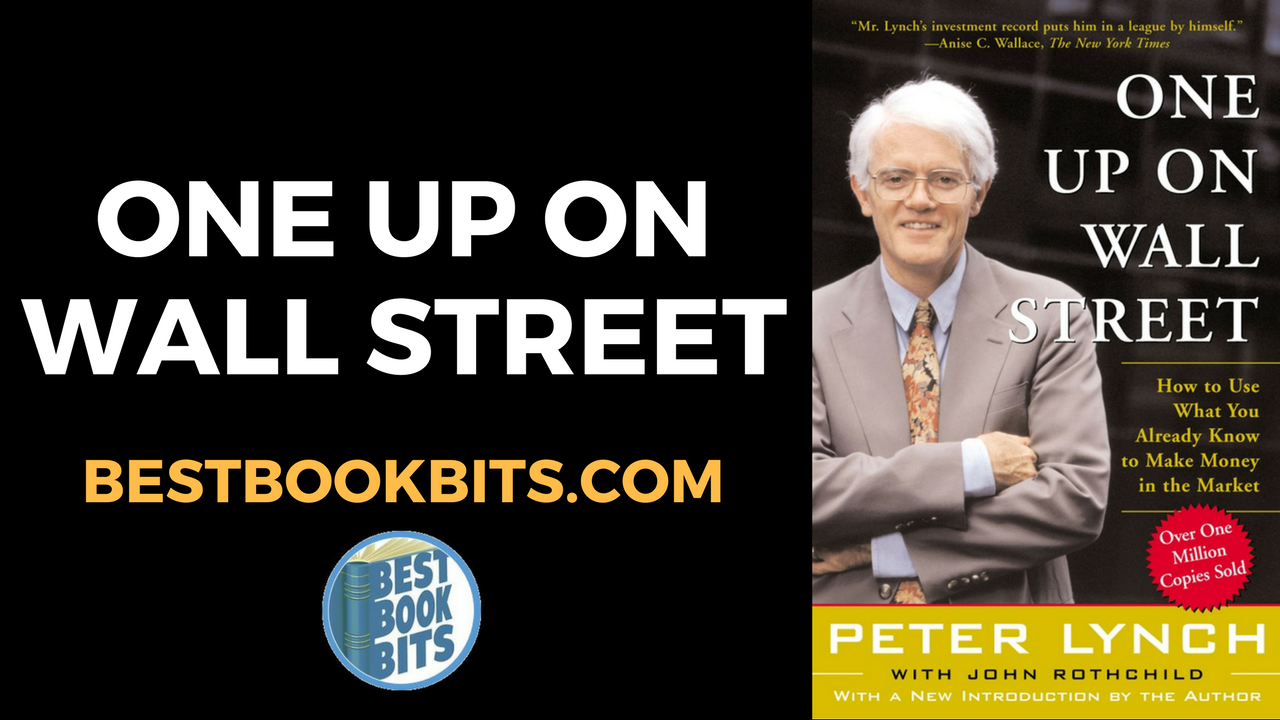

For instance, a $10 billion fund cannot invest in a company with a market cap of $10 million and expect the investment to have a meaningful impact on the fund’s overall performance. A successful money manager will attract a lot of capital, and more capital means fewer opportunities. Size of the fund: Capital is dependent on clients. But the professionals have many disadvantages compared to the amateur: Investors feel that Wall Street have a ton of analysts from the fanciest Ivy League schools working 80 hours every week to find bargain stocks and so they are good. The individual investor can beat the professionals.

Stocks are most likely to be accepted as prudent at the moment they’re not T he Individual Investor can Beat the Pros Historically, stocks are embraced as investments or dismissed as gambles in routine and circular fashion, and usually at the wrong times. Lynch’s argument is that a doctor will always know more about medicines and hence will be in a better position to judge pharmaceutical companies than a civil engineer.įor two decades after the Crash, stocks were regarded as gambling by a majority of the population, and this impression wasn’t fully revised until the late 1960s when stocks once again were embraced as investments, but in an overvalued market that made most stocks very risky. He advises investors to stick to their field of competency, something that is also advocated by legendary investor Warren Buffett. Other instances also show that the market can go in any direction no matter what the fundamentals say For instance, when people expected the stocks to decline drastically after President Kennedy was shot, it only dipped by 3% and astonishingly went up and also recovered within just three days. Also, he recommends 6-month check-ups and investing small amounts on a regular schedule etc. He is against leverage and desists from speculation. He also says that one should invest for the long term (5-10 years or more). He says that one should invest in stocks only if they pass the mirror test (Chapter 4), where he says that most people(young people starting out, old people, etc.) should not invest, and even if people invest in stock market, it should only be that amount of money, without which they can do in the long run. “ Know what you own, and know why you own it” If interested to buy the book click on the image below Lynch interpreted that as a sign of deeper problems at EQK and decided not to recommend the stock. It had increased its dividend every quarter during the prior three years. For example in the 1992 EQK Green Acres, In a quarterly earnings report suggested that it might forgo additional dividend increases. It’s interesting to read about Lynch’s logic for buying or not buying certain stocks. Beating the Street talks about these principles by providing case studies of the stocks that Lynch recommended.

One Up on Wall Street explains the investment principles that Lynch used during his market-beating tenure as the manager of Fidelity’s Magellan Fund. We would recommend reading One up on Wall street than Beating the street. He has also written Beating the Street and Learn To Earn. His investment success led the fund to grow from $18 million to $14 billion. Peter Lynch managed the Magellan Fund at Fidelity in the USA from 1977 to 1990 which gave an average annual return of 29.2% which was more than double the S&P 500 in the same period. Video on One up on Wall Street Summary in English/Hindi.If You Like the Store, Chances are You’ll Love the Stock.The Individual Investor can Beat the Pros.


 0 kommentar(er)
0 kommentar(er)
